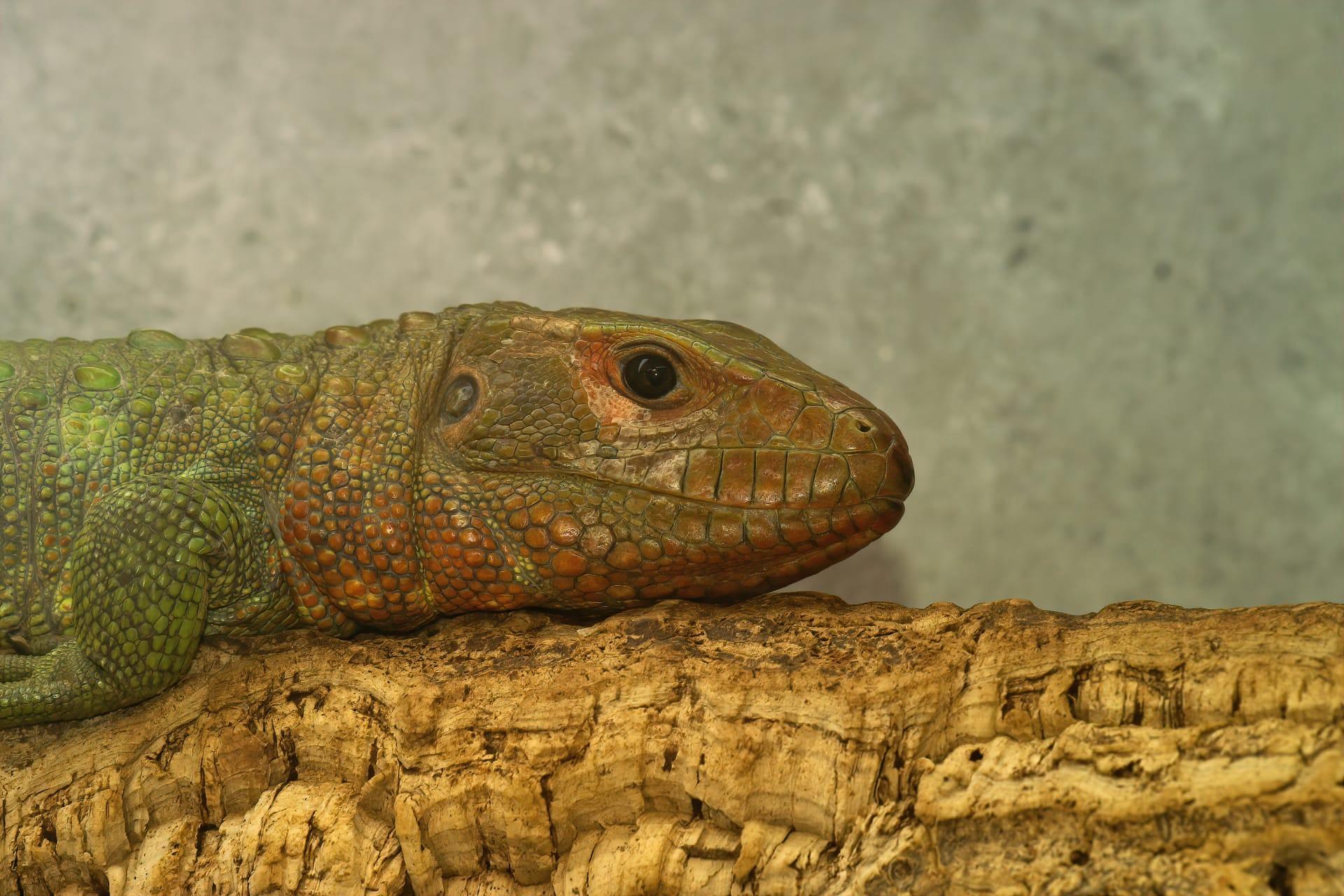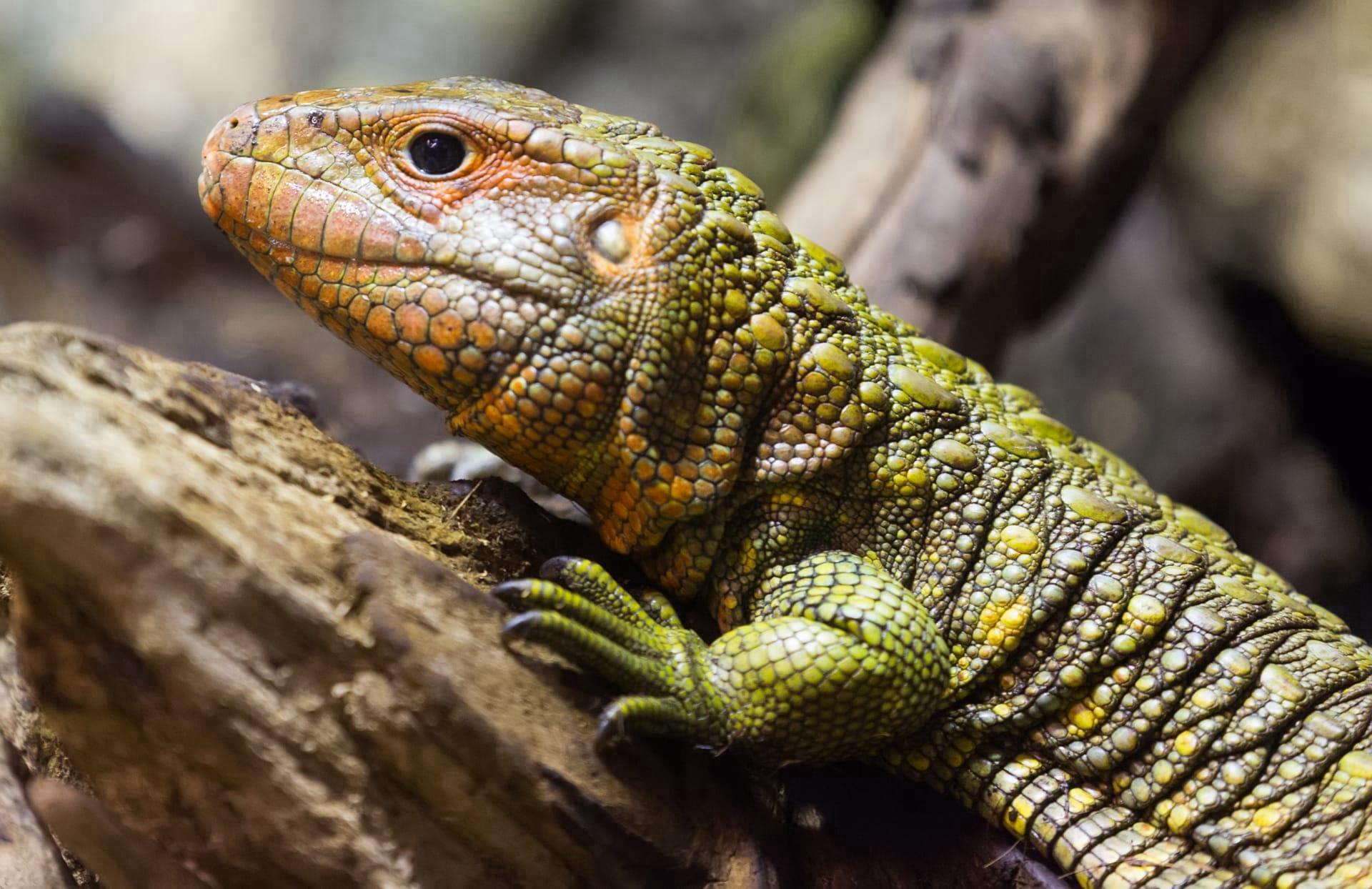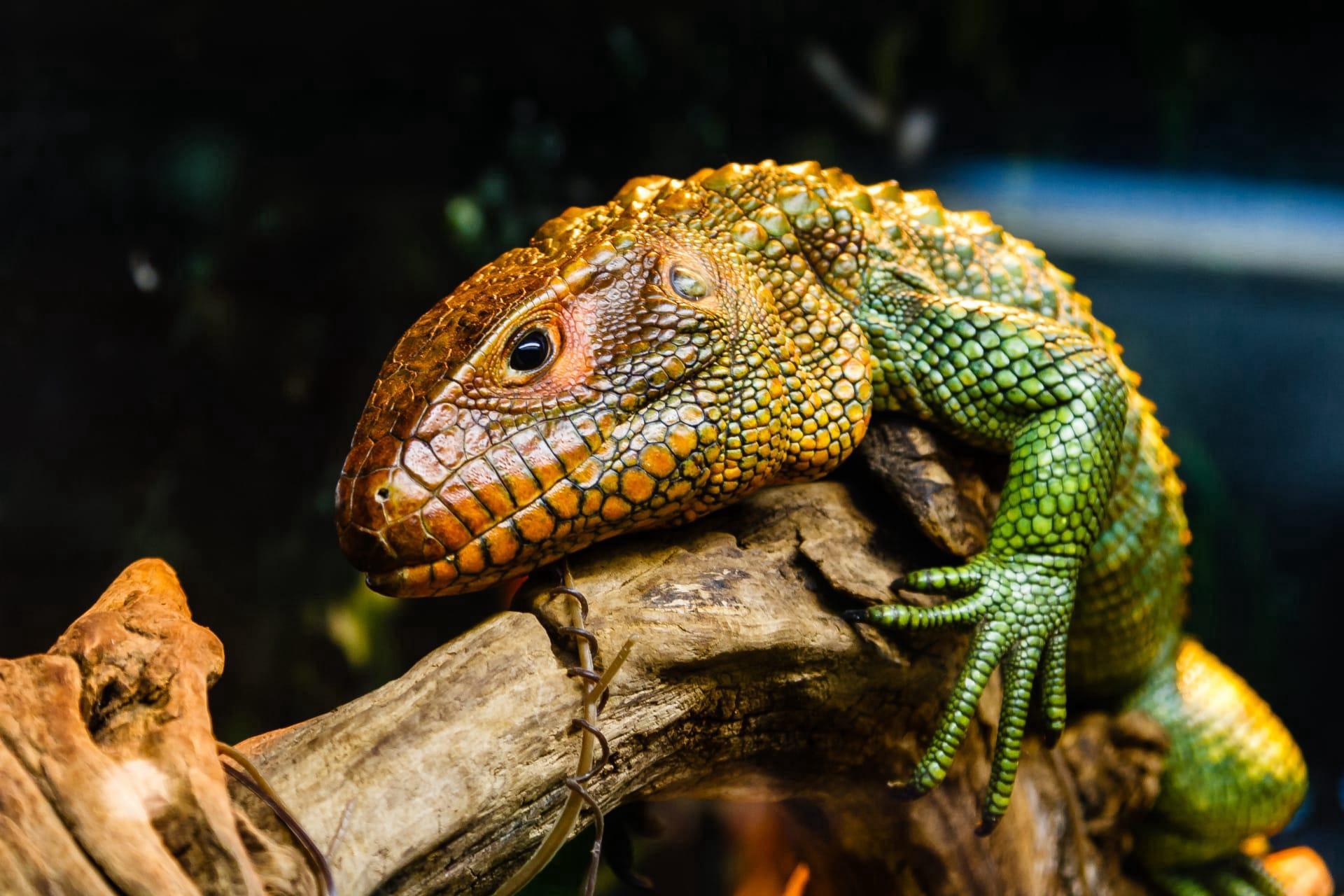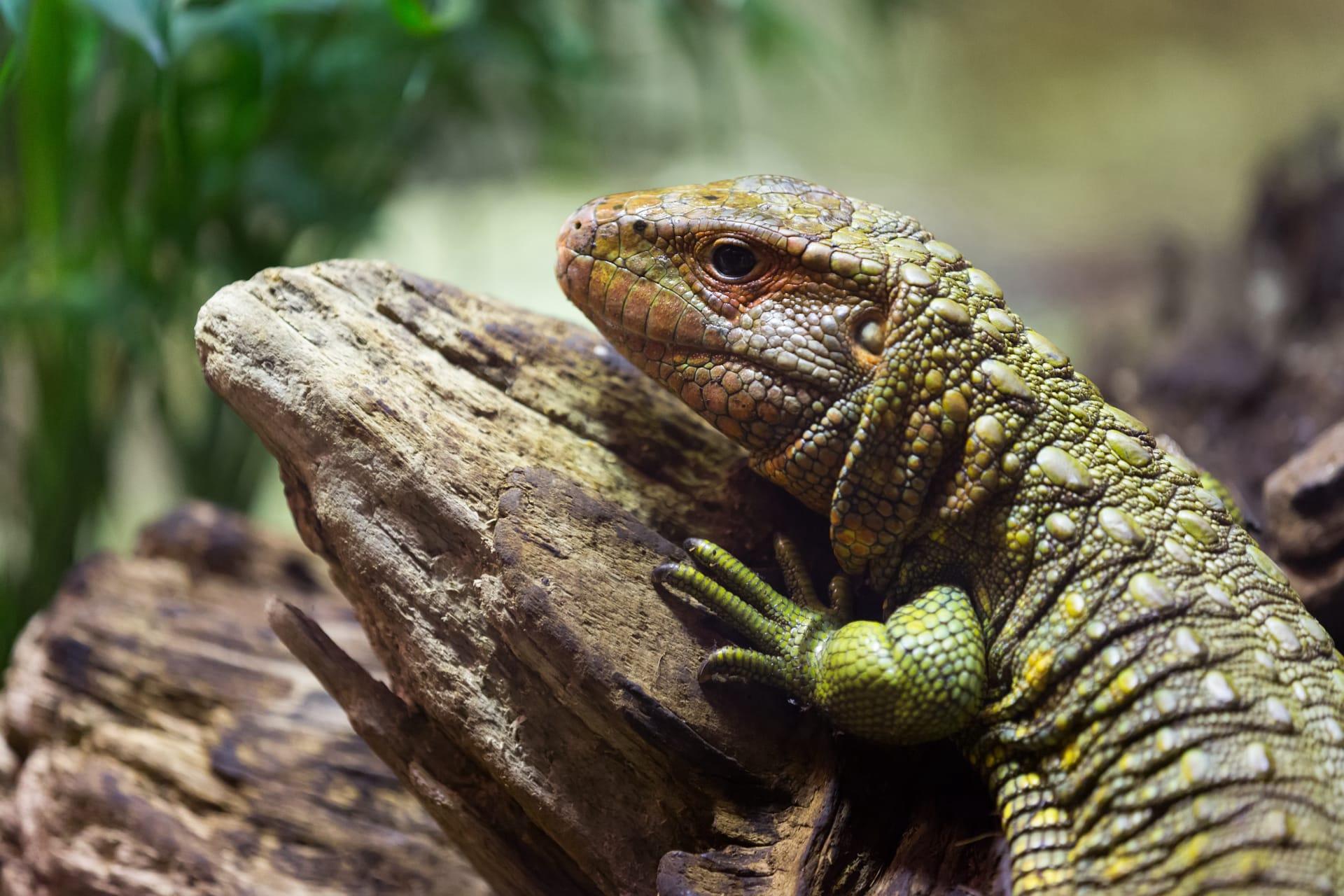1
Did you know that caimans, cousins to alligators and crocodiles, are fascinating creatures with a unique biological armor? Their skin is not just tough, it's literally bony. Covered in osteoderms, or bone plates, these reptiles have an extra layer of defense against predators. This armor is so effective that their skin has been used by indigenous people for shields and is still sought after for leather goods. Now, these reptiles aren't just about defense. They have a remarkable ability to regulate their body temperature, thanks to these bony plates. These osteoderms absorb heat from the sun, helping caimans to warm up quickly, and release heat to cool down, making them efficient at maintaining the right body temperature. This thermoregulation is vital for their survival, as they are cold-blooded and depend on external heat sources.
Here's another cool fact: Caimans have an impressive dental arrangement. Unlike humans, who have a set number of teeth in their lifetime, caimans can replace their teeth throughout their lives. These reptiles can go through over 3,000 teeth in a lifetime! This is because their teeth are continuously replaced as they wear down or lose them. This endless supply ensures that they always have sharp teeth for catching and eating their prey. It's a never-ending cycle of dental regeneration that keeps these creatures at the top of their game in the wild.

2
Now, let's dive into their eyes. Caimans have a special reflective layer behind their retinas called the tapetum lucidum. This layer enhances their vision in low light conditions, making them excellent nocturnal hunters. When light shines into their eyes in the dark, it reflects off this layer, causing their eyes to glow red, a sight often seen in nature documentaries. This adaptation is crucial for their survival, enabling them to spot and stalk prey in murky waters or at night.
Another intriguing aspect is their vocalization. Caimans are not silent creatures; they communicate through a variety of sounds. From grunts to hisses, each sound has a different meaning, often related to territory, mating, or signaling distress. What's fascinating is that baby caimans start communicating even before they hatch. While still in the egg, they make a distinct chirping sound, signaling to their mother and siblings that it's time to hatch. This early communication plays a vital role in their survival, ensuring that the mother is there to help them out of the egg and into the water.

3
Moving on to their habitat, caimans have a unique adaptation to their aquatic environment – they can regulate the salinity of their bodies. While primarily freshwater creatures, some species of caimans can tolerate brackish water. They achieve this through specialized glands, located near their eyes, that excrete excess salt from their bodies. This ability allows them to explore different environments and expand their hunting grounds.
Now, let's talk about their diet. Caimans are not picky eaters. Their diet is incredibly diverse, ranging from fish and birds to larger mammals and even other reptiles. What's fascinating is their hunting strategy. They are ambush predators, often lying motionless in the water, waiting for an unsuspecting prey to come close. Once in range, they strike with lightning speed, showcasing their prowess as top predators in their ecosystem. Their powerful jaws can deliver a crushing blow, ensuring that their prey has little chance of escape.

4
Regarding reproduction, caimans have an interesting nesting behavior. Females build large nests of vegetation, mud, and leaves, where they lay their eggs. These nests are not just for laying eggs; they play a crucial role in the incubation process. As the vegetation decomposes, it generates heat, which helps in incubating the eggs. The temperature inside the nest even determines the sex of the offspring - a natural form of temperature-dependent sex determination.
Let's also explore their social structure. Caimans are more social than many other reptiles. They often form groups, especially during the dry season when water sources are limited. These groups can sometimes be seen basking in the sun together or sharing a hunting ground. This social behavior is unusual for solitary predators, indicating a complex social structure that extends beyond just mating and territorial disputes.

5
Did you know caimans play a significant role in their ecosystem? As apex predators, they help maintain the balance by controlling the population of their prey. But their role goes beyond just hunting. They are also ecosystem engineers. Their movement in the water creates small channels and ponds, which provide habitats for other species. These changes in the landscape enhance the biodiversity of their habitats, making caimans crucial for the health of their ecosystems.
Caimans have a unique survival tactic against freezing temperatures. During cold spells, they exhibit a behavior known as the 'snorkel position.' They submerge their bodies in water, leaving only their nostrils above the surface. This behavior allows them to breathe while keeping the rest of their body in warmer water, a clever adaptation to survive in colder environments. It's a remarkable strategy that showcases their resilience and adaptability in varying conditions.